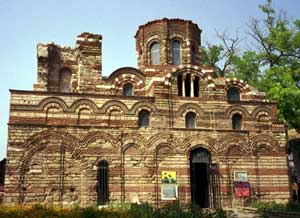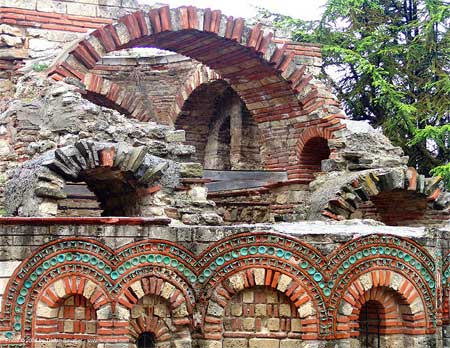 |
|
Nesebar Church |
The Thracians, Greeks, Romans, and Byzantines have all left their mark on the town of Nesebar, located on a rocky hill connected to the Black Sea by a narrow strip of land.
According to legend, a Thracian named Mena founded this town, which led to its original name, Menebria. By the 6th century BC, there was a Greek settlement on this peninsula called Mesembria. Archaeologists have uncovered remnants of the Agora, a theater, and a temple of Apollo near structures dating back to the 1st century BC when the Romans occupied the area. By the end of the 4th century AD, Mesembria had become a fortress of the Byzantine Empire.
In 1453, Nesebar was captured by the Turks, and its three thousand years of history have bestowed this “living museum” with outstanding architectural treasures, including numerous churches such as Stara Mitropolia, rebuilt in the 9th century, the Church of the Virgin Mary from the 10th century, Nova Mitropolia built in the 11th century and continuously adorned until the 18th century, the Church of Saint John the Baptist, and many other remarkable churches from the 13th and 14th centuries.
Renamed Nesebar in 1934, this town was inscribed on the UNESCO World Heritage List in 1983 as an outstanding cultural asset that has witnessed many long-lost civilizations.



















































